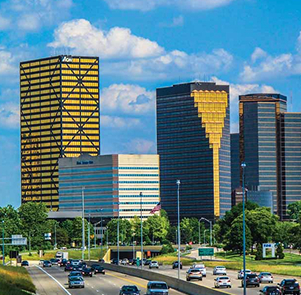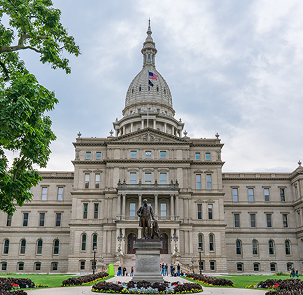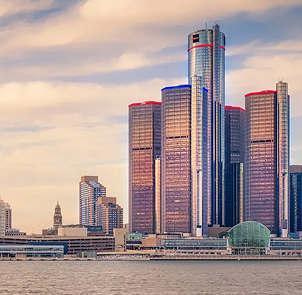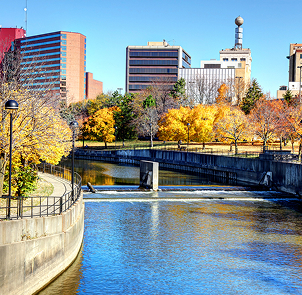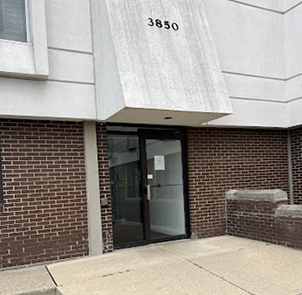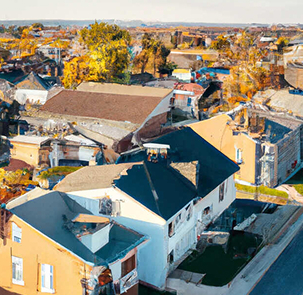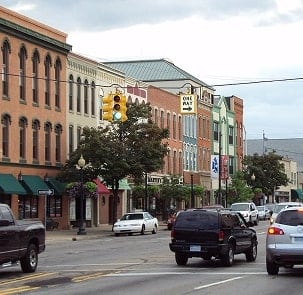Can A Pedestrian Be At Fault?

Auto accidents involving pedestrians often have the most devastating outcome, with victims suffering significant losses and sometimes life-changing injuries. As a result, they often turn to the civil court to seek compensation for the damages incurred. The foundation of a personal injury claim is liability. Anytime a pedestrian or driver violates the rules of the road, causing an accident and bodily harm, they are liable for the losses the victims suffer. To understand liability and how it applies to your case, you want to understand the duty of care pedestrians and drivers owe to other people on the road.
Does a Pedestrian Owe Anyone a Duty of Care?
There are three essential elements of proving negligence in a personal injury case. The first is the duty of care. To prove that someone was negligent, you have to show that they owed a duty of care to others in the given situation. For example, pedestrians are responsible for acting with reasonable care to keep others and themselves safe on the road.
The second element is the breach of duty of care. Should the pedestrian breach their duty of care by violating the laws of the road, they would be at fault if an accident occurred. For example, if a pedestrian chooses to cross a road or street in an area outside of a crosswalk, they could be responsible if any accident occurred. They may collide with a person on a motorcycle or even someone driving a car or truck.
The final element is causation. If the pedestrian’s breach of duty of care resulted in an accident that directly caused injury to someone else, they would be liable for the damages the injured person suffered. For example, if they stepped off the sidewalk and into a bike path while waiting for the crosswalk signal, causing a cyclist to collide with them, fall off the bike, and suffer an injury, the pedestrian would be at fault, not the cyclist.
Driver’s Duty of Care
Someone driving a vehicle also owes everyone on the road, including pedestrians, motorcyclists, and bicyclists, a duty of care to follow the road laws that apply to motorists. Failure to do so could result in catastrophic injuries or even death for pedestrians. For example, common causes of pedestrian accidents in which the driver is at fault include:
- Making left-hand turns without pausing for pedestrians in the crosswalk
- Driving while distracted, such as talking on the phone, eating, adjusting the radio, or looking somewhere other than the road
- Driving under the influence of drugs or alcohol, impairing their ability to make judgments about safety on the road
Coupling any of these possible causes with other circumstances, such as inclement weather or speeding, can be even more devastating for the pedestrian. Even at slow speed, a car can do significant bodily harm.
What if Both the Driver and the Pedestrian Are at Fault?
In cases where both the driver and the pedestrian share responsibility for the accident, most states impose the comparative negligence rule. Comparative negligence allows accident victims to recover compensation for their losses even when they are partially at fault. However, the payment they receive will be less than the total value of damages in the case. In some states, they may still be ineligible, depending on their fault percentage. Those states apply the modified comparative negligence rule.
For example, Michigan applies the modified comparative negligence, prohibiting auto accident victims from receiving compensation for non-economic losses, such as pain and suffering, if they are more than 50% at fault for the accident. If you suffered $50,000 in total damages and were found only 10% at fault for the accident, you could still recover $45,000 in damages. However, if you are 51% or more at fault, you cannot receive non-economic damages of any value. The processes of valuing damages and assigning percentages of fault to each party can be complex depending on the case’s specific details. If you think you share responsibility for your accident, you can speak with an attorney about how comparative negligence may affect your compensation.
What Damages Are Available in a Pedestrian Auto Accident?
There are two categories of compensatory damages in a pedestrian auto accident case: economic and non-economic. The economic losses include those financially calculable damages from the accident:
- The cost of medical expenses for emergency care services, ambulance costs, medications and surgeries, hospital stays, doctor visits, use of medical devices, referrals to specialists, and rehabilitative care
- The loss of income while your injuries hinder you from returning to work or the loss of earning capacity caused by a disability or disfigurement
- The cost of replacing damaged property, such as your vehicle, bicycle, or anything of value the pedestrian carried at the time of the collision
- Out-of-pocket expenses, such as transportation costs to and from medical treatments, in-home care to assist you during recovery, structural changes to your home to accommodate your injuries, or childcare needed while you heal
These damages are relatively easy to prove and calculate because they have tangible documentation to show value. However, non-economic damages can be more difficult without the help of an experienced attorney.
Examples of non-economic damages include the physical and emotional pain and suffering sustained due to the accident and your injuries. This can refer to losing the ability to enjoy life and suffering from anxiety, depression, or post-traumatic stress disorder. To assign financial value to these damages, legal professionals may use the multiplier method, where they calculate the total value of economic damages and multiply it by a number between 1.5 and 5. They use a higher multiplier to reflect more severe injuries and losses.
How Can A Personal Injury Lawyer Assist in Your Case?
Auto accident victims deserve the opportunity to recover the losses they sustained due to someone’s negligent behavior. Personal injury law supports these victims, drivers and pedestrians alike, by providing a way to claim your losses and hold the negligent person accountable. If you suffered injuries and need help understanding how the laws that govern these cases work, a personal injury lawyer can assist you. The most common tort claims are auto accident cases, from commercial truck and standard passenger vehicle crashes to motorcycle and pedestrian accidents. Personal injury attorneys work on these cases, representing the victims daily. They handle the negotiations with the insurance company, advise clients of their rights, investigate the accidents to find evidence of negligence and losses, calculate the value of compensatory damages, and offer professional experience with friendly compassion.
If you recently suffered injuries or lost a loved one in a pedestrian accident, the legal team and support staff at Mike Morse Law Firm can help you determine what the next step toward compensation should be in your case. We are dedicated to protecting our client’s rights, including the right to experienced and skilled legal representation. That is why we have a no-fee policy. We charge nothing until we secure a settlement for your case. Without a win, we get nothing. That is the promise we make to our clients. Contact Mike Morse Law Firm today for your free consultation. You can call us at (855) MIKE-WINS and speak with a personal injury attorney to get the answers and help you need to rebuild your life.
